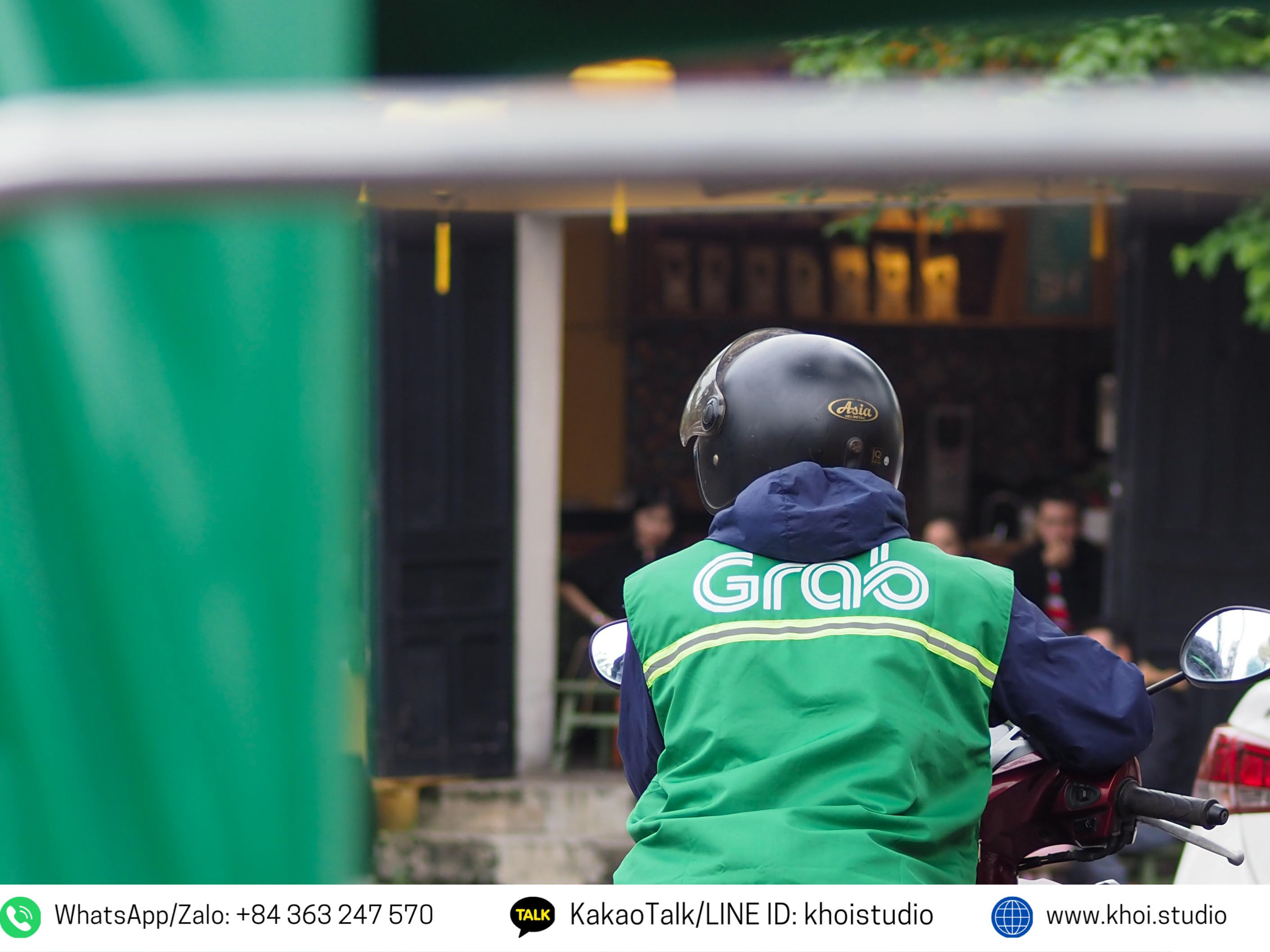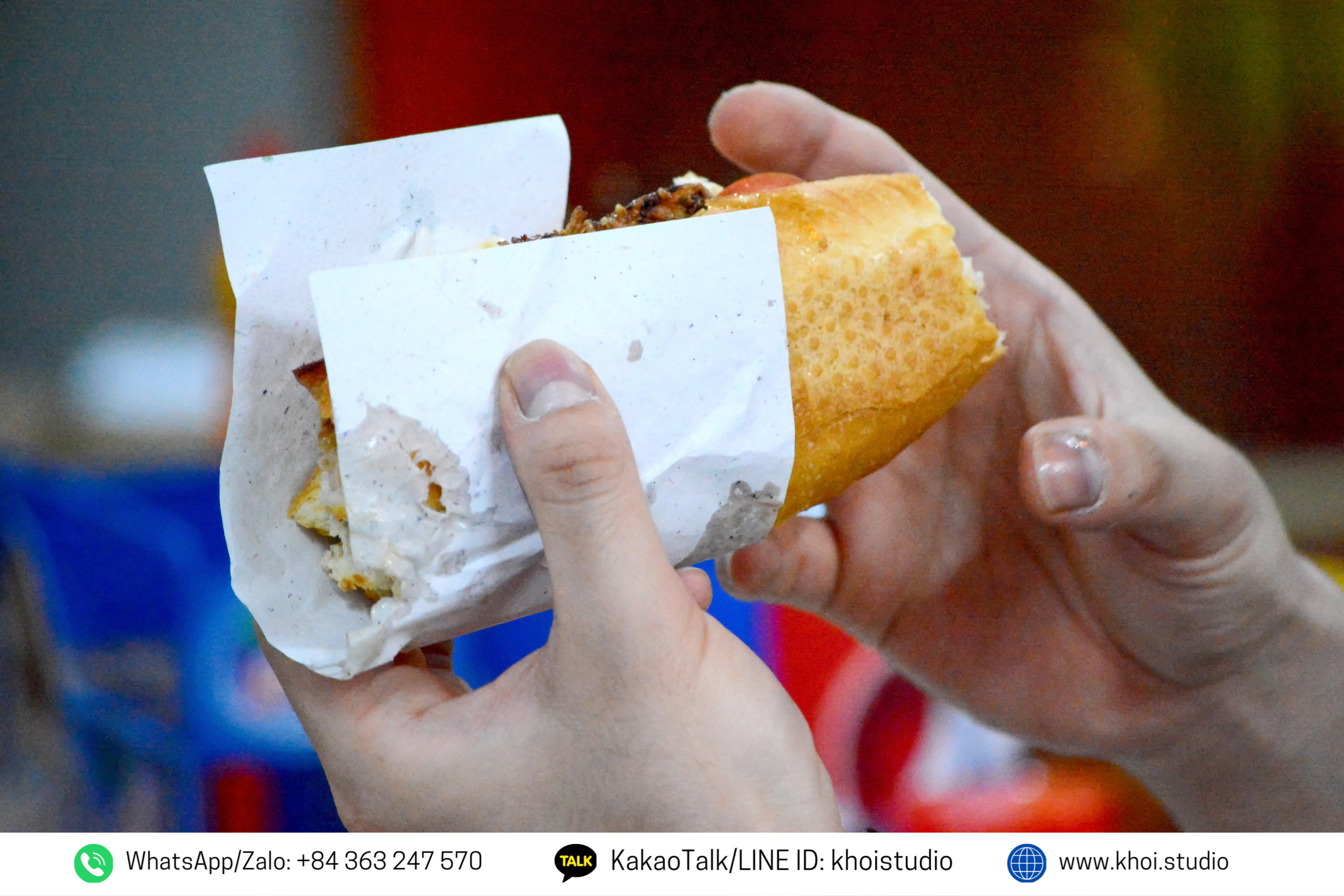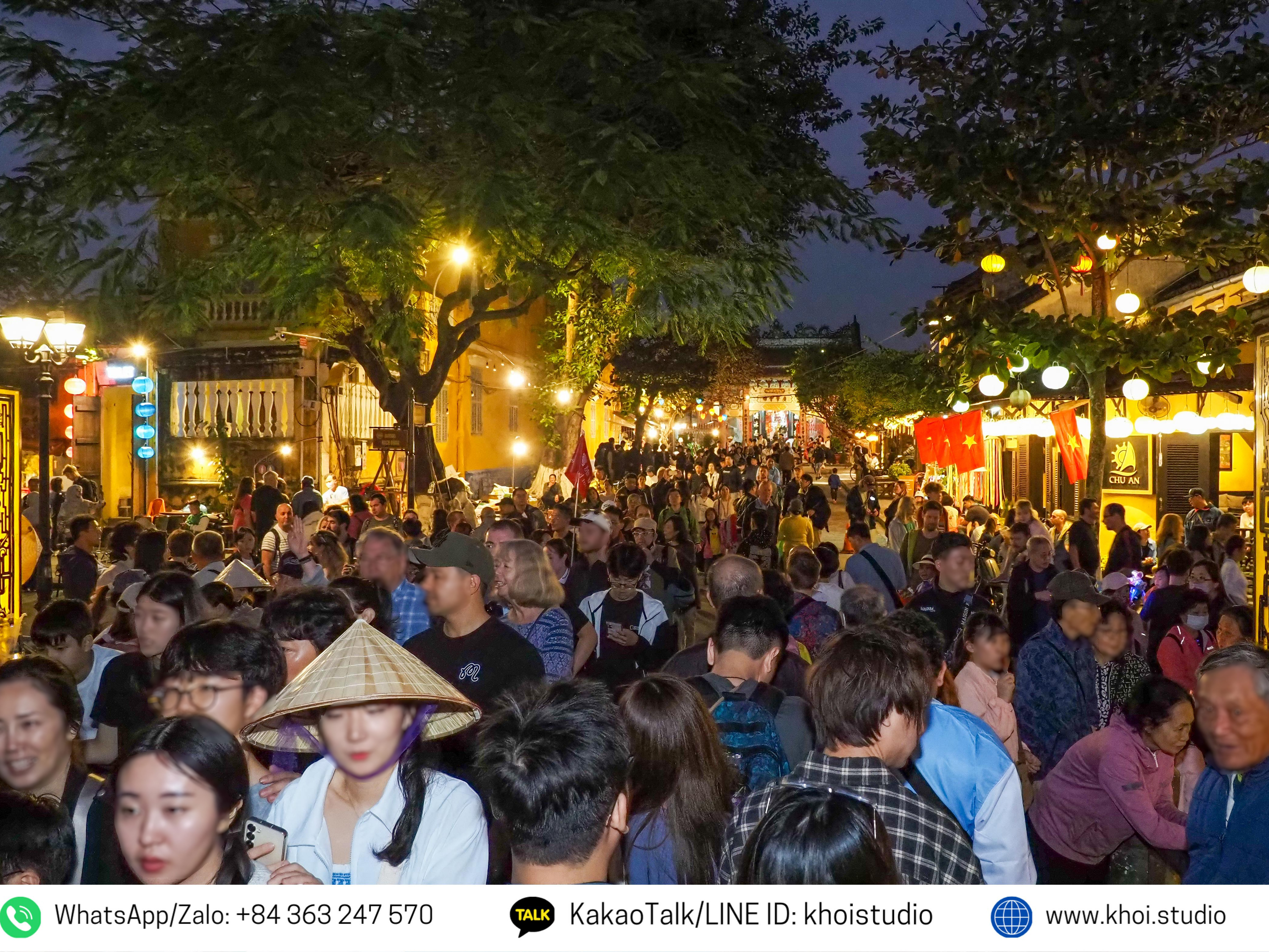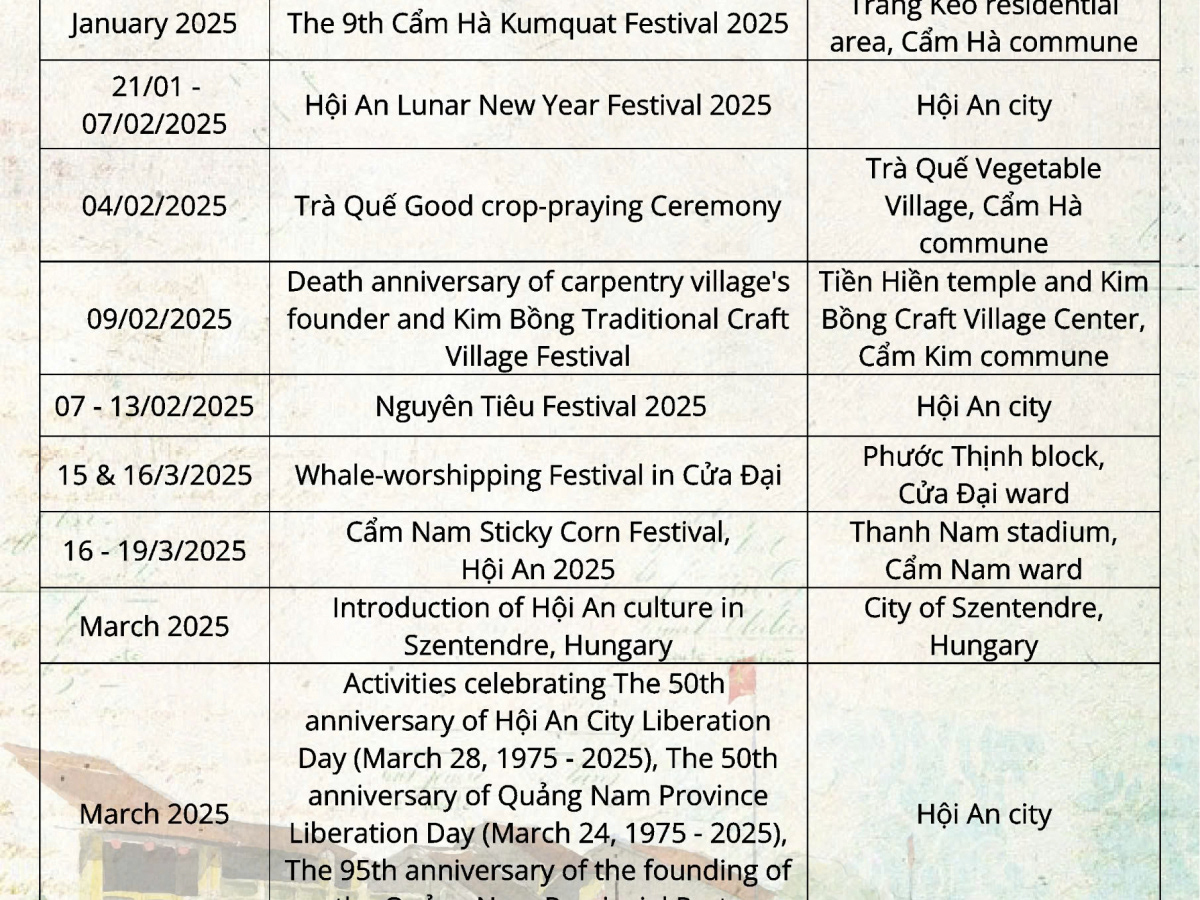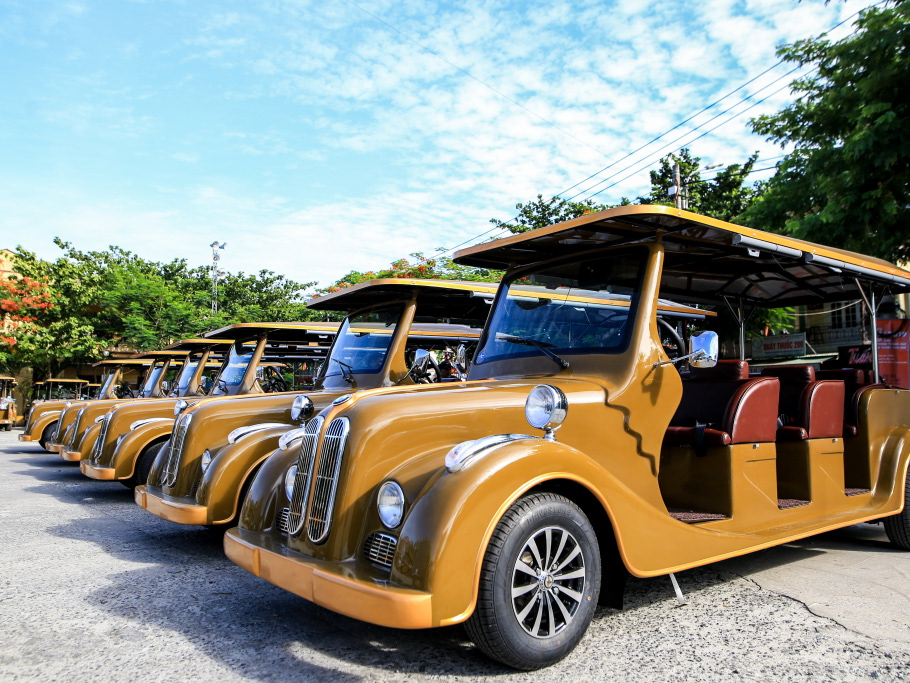Image: Khoi Studio
🧵 What to Expect Buying Áo Dài at Hàn Market
1. Variety & Tailoring on the Spot
The second floor of Hàn Market is packed with stalls selling a wide selection of ready-made and custom Áo Dài in silk, chiffon, and brocade fabrics—styles range from traditional long sleeves to modern fitted designs.
Many shops offer “Áo Dài one hour” tailors—you choose a fabric and the piece can be custom-sewn in as little as 30 minutes.
2. Pricing
Fabric costs typically range from 200,000 VND to 400,000 VND.
Tailoring fees add about 150,000–200,000 VND.
A full custom Áo Dài usually costs 350,000–600,000 VND (≈ $15–25 USD) depending on material and style.
Ready-made pieces may start at 150,000 VND up to about 500,000 VND depending on quality and design.
3. Shopping Tips
Bargaining is expected—prices can be negotiated down 40–50% off vendor’s opening price, except early morning when prices are already low.
Visit multiple stalls to compare prices and quality.
Choose vendors with posted prices (niêm yết) to avoid unexpectedly high tourist rates.
Be cautious about items marketed to tourists—they can be overpriced.
4. Practical Tips When Buying
There are usually no changing rooms, so wear easily removable or simple clothes underneath when trying on.
Some fabrics can be quite sheer, so be mindful of undergarments.
Most vendors accept cash only—there is currency exchange nearby if needed.
✅ Why It's Worth a Stop
Authentic local vibe: It's a cultural immersion, more than just shopping - interaction with local vendors adds the charm.
Value for money: Custom hands-on tailoring at a budget price is rare anywhere else.
Great photo-op: Áo Dài makes for gorgeous souvenirs, check‑in photos, or gifts back home.
Final Tips Before You Go:
Aim to visit before 7 PM - after that many stalls start closing and selection shrinks.
Come earlier in the day for more attentive service before peak crowds.
Bring cash, wear easy-to-change outfits, and be ready to try a few styles - this helps you find the best fit.
If you’d like suggestions for fabric types, local tailors, or how to wear and care for Áo Dài afterwards, feel free to ask!

